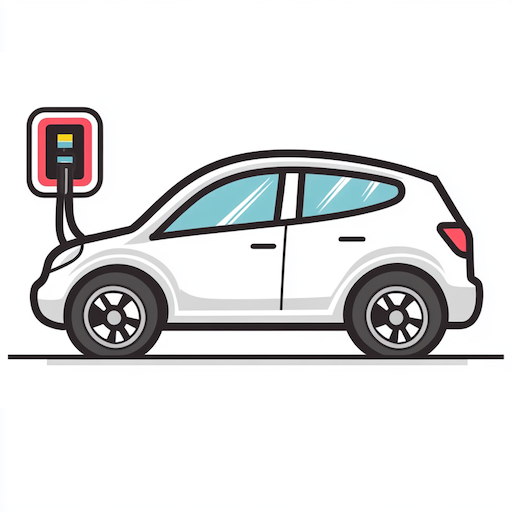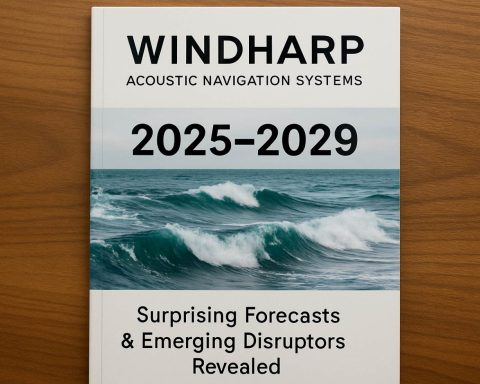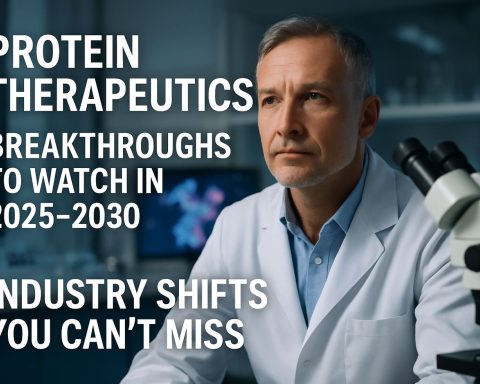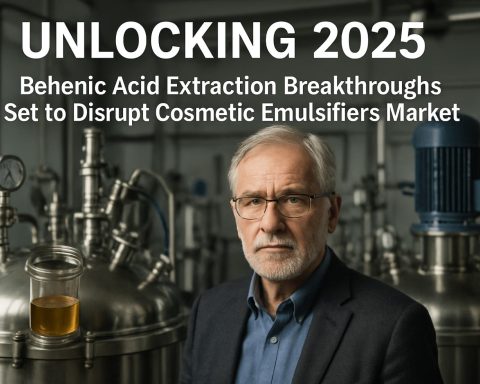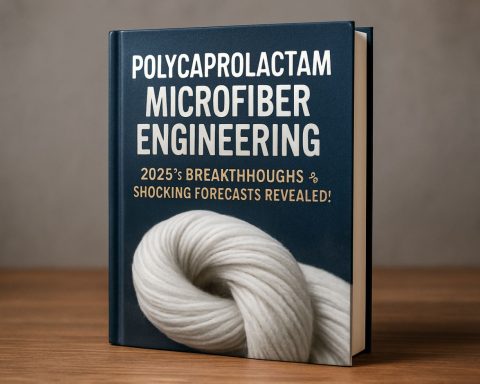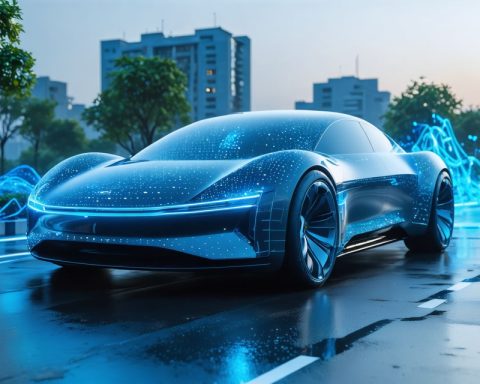- Porsche is leading a sustainable initiative by transforming spent EV batteries into reusable “black mass” containing nickel, cobalt, manganese, and lithium.
- This multi-phase project has already produced 65 tonnes of raw granulate, emphasizing waste conversion into valuable resources.
- Extracted materials, such as aluminium and copper, are refined to meet Porsche’s high engineering standards.
- The third phase will integrate high-purity recycled elements into next-generation Porsche battery cells for future models.
- This initiative aligns with impending European Union battery regulations on recycled content, targeting 2031 compliance.
- By recycling, Porsche aims to reduce environmental impact and ensure stable material supply chains amidst global uncertainties.
- The project demonstrates Porsche’s commitment to a circular economy and leadership in sustainable automotive production.
Porsche is paving a path into a sustainable future. As electric vehicles continue to define the automotive landscape, the German carmaker has embarked on a visionary pilot project poised to revolutionize how we think about spent EV batteries. At its core, this groundbreaking initiative transforms the detritus of yesterday into the driving force of tomorrow.
Picture a mountain of spent high-voltage batteries—each a hulking testament to past journeys and the wear of progress. Porsche’s ambitious multi-phase project starts here, converting these dormant giants into “black mass,” a concentrated blend of critical elements. Nickel, cobalt, manganese, and lithium are the prized jewels extracted through an eloquent mechanical symphony of steel shredders and refining processes. The result? Approximately 65 tonnes of raw granulate have already been produced, suggesting a future not of waste, but of potential.
Vivid imagery emerges from the black mass. Emerging are veins of refined aluminium and copper, alongside shimmering dusts of these vital metals—each purified to meet the rigorous standards Porsche is renowned for. Such meticulous processes ensure the resultant materials are not mere replicas, but equal successors, maintaining the benchmarks set by the company’s engineering prowess.
Porsche envisions more than mere recycling. In the project’s upcoming third phase, there lies a bold strategy to reintegrate these high-purity elements into new battery cells. These next-generation cells, embodying a defined percentage of recycled content, are slated for real-world testing in future Porsche models. This is not merely an act of recycling but a promise—a commitment to a circular economy that threads sustainability into the very fabric of luxury automotive production.
For Porsche, the stakes are clear and imminent. European Union battery regulations, which will impose stricter guidelines on recycled content by 2031, loom large. Yet, rather than a hurdle, Porsche sees opportunity. The forward-thinking rollout of this recycling endeavor not only aligns the company with impending policy but also positions it at the vanguard of sustainable vehicle production.
This project underscores a multifaceted aim: reducing environmental impact, safeguarding material supply chains, and mitigating the unpredictability of geopolitical shifts in raw material availability. More than a nod to eco-consciousness, this initiative is a masterstroke in strategic foresight.
Porsche’s battery recycling project illustrates an emblem of progress. As the world watches closely, the initiative signifies a pivotal moment where innovation intersects with responsibility. It’s a lesson in turning challenges into launching pads for progress, ensuring that as Porsche thrives, so does our planet.
Porsche’s Bold Move: Transforming Old EV Batteries into New Gold
Overview
Porsche is taking a bold step towards a sustainable future with its innovative pilot project, which aims to revolutionize the recycling of spent electric vehicle (EV) batteries. This initiative is not just about recycling; it’s about reimagining the entire lifecycle of batteries to support a circular economy.
The Recycling Process
1. Initial Collection: Spent high-voltage batteries are collected. These batteries, once seen as waste, are now viewed as a goldmine of valuable materials.
2. Conversion to “Black Mass”: The batteries undergo a shredding process that separates the core materials. The result is “black mass,” a concentrated blend of vital metals such as nickel, cobalt, manganese, and lithium.
3. Refinement: The black mass is further refined to extract pure forms of these metals, along with aluminium and copper. Porsche ensures that these materials meet high purity standards, making them suitable for new product integration.
Future Implications
– Battery Reuse: The extracted metals are set to be reincorporated into new battery cells, which will undergo real-world tests in upcoming Porsche models.
– Compliance and Opportunity: With upcoming European Union battery regulations, which demand higher recycled content, Porsche’s project aligns perfectly, turning regulation into an opportunity for innovation.
Real-World Use Cases
– Automotive Industry: The extracted materials can significantly lower the cost of battery production and reduce the dependency on mining, making EVs more sustainable and affordable.
– Electronics Recycling: The processes developed by Porsche could be adapted to other electronics, potentially leading to a broader range of sustainable consumer technologies.
Insights & Predictions
– Market Trend: The EV recycling market is set to grow rapidly, with similar initiatives expected from other leading automakers. Regulatory pushes and environmental awareness will drive these changes.
– Sustainable Practices: Companies adopting similar methodologies will likely witness reduced supply chain risks and costs, as well as improved brand perception among eco-conscious consumers.
How-To Steps: Creating a Sustainable Recycling Program
1. Assessment of Waste: Like Porsche, assess the waste generated by your operations to identify materials that can be reclaimed.
2. Investment in Technology: Plan investments in technology that can process and refine these materials safely and efficiently.
3. Partnerships: Collaborate with technology partners and regulators to ensure compliance and share best practices.
4. Implementation: Begin small-scale implementations and gradually scale up as processes are refined and efficiencies are realized.
Pros & Cons Overview
Pros:
– Reduces reliance on new raw materials.
– Decreases environmental impact.
– Enhances compliance with future regulations.
– Potentially lowers production costs.
Cons:
– Requires significant initial investment.
– Technical challenges of scaling up.
– Risk of untested materials in new batteries.
Actionable Recommendations
1. Stay Informed: Keep abreast of changes in regulations and emerging technologies in battery recycling.
2. Engage Stakeholders: Include all stakeholders in the sustainability conversation—from suppliers to consumers.
3. Invest in R&D: As seen with Porsche, investing in research and development is key to staying ahead in a circular economy.
4. Educate and Communicate: Raise awareness about the importance of sustainability within your organization and to your customers.
Conclusion
Porsche’s initiative exemplifies how businesses can transform potential waste into a valuable asset, turning environmental challenges into opportunities for innovation. By adopting similar practices, companies can pave their own paths toward a sustainable future.
For more on automotive innovation and sustainability initiatives, visit Porsche.
